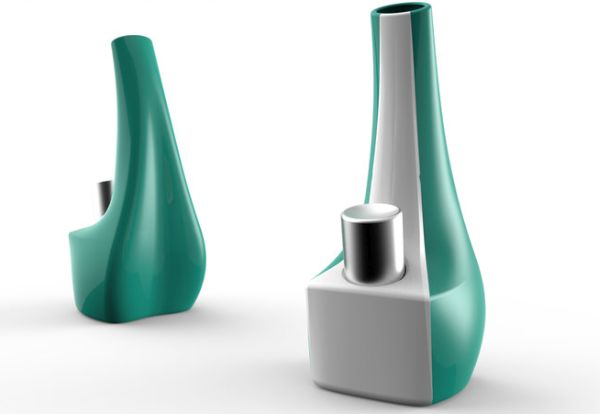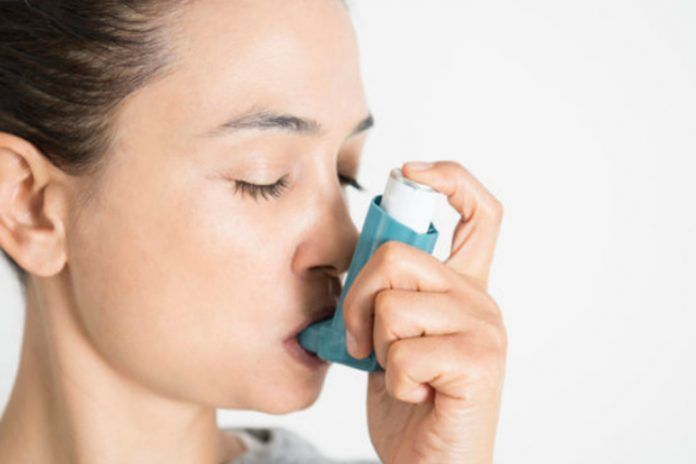

If your child is diagnosed with asthma, their asthma might be described as: If your child is aged over 5 years, doctors might also use breathing tests to help in the diagnosis.Īsthma tests are often arranged by a paediatrician or respiratory specialist. They’ll also look at your child’s medical history and examine your child. Your GP might be able to diagnose asthma by asking how severe your child’s symptoms are and how often your child has them.

has a wheeze, a cough or chest tightness that keeps coming back or gets worse, particularly when they exercise.Take your child to see your GP if your child: Concerned about symptoms of asthma: when to see a GP Some children wheeze or cough only a few times a year when they have a cold, whereas others (a small minority) have some asthma symptoms every day. The severity and frequency of asthma symptoms vary a lot. Your child might feel like something is squeezing or constricting their chest.Īs wheezing, coughing or chest tightness gets worse, your child might also have difficulty breathing.īreathing difficulties might stop your child from doing things like sport or other physical activity. Sometimes coughing, especially at night, is the only sign that your child has asthma. Sometimes your child might have a restless sleep or wake during the night because of the cough. You’re more likely to hear the cough at night, after your child has done some exercise, or when the weather is cold. Other times you’ll hear a wheeze after your child has done some exercise.Īsthma coughing can vary from mild to severe. Sometimes you’ll be able to hear your child’s wheeze easily, usually when your child is breathing out.Īsthma wheezing is typically worse first thing in the morning or at night when the air is cooler. Some people say it sounds like a high-pitched whistle. Asthma symptomsĪn asthma wheeze can vary from mild to severe. Other triggers include allergens, exercise, weather changes, cold air, cigarette smoke, pollution and stress. Triggers vary, but the most common is a viral infection, usually the common cold. This inflammation causes the airways to narrow. Asthma triggers cause inflammation in the airway passages or make existing inflammation worse. This is called an asthma attack.Īsthma flare-ups and asthma attacks happen when people come into contact with asthma triggers. Sometimes people might also have severe breathing difficulty or go blue in the lips. People might wheeze, cough, feel tight in the chest and have mild breathlessness.

In people with asthma, it’s sometimes hard for air to get through these airways and into the lungs. Asthma, asthma flare-ups, asthma attacks and asthma triggersĪsthma is a disease that affects the small airways in the lungs.


 0 kommentar(er)
0 kommentar(er)
